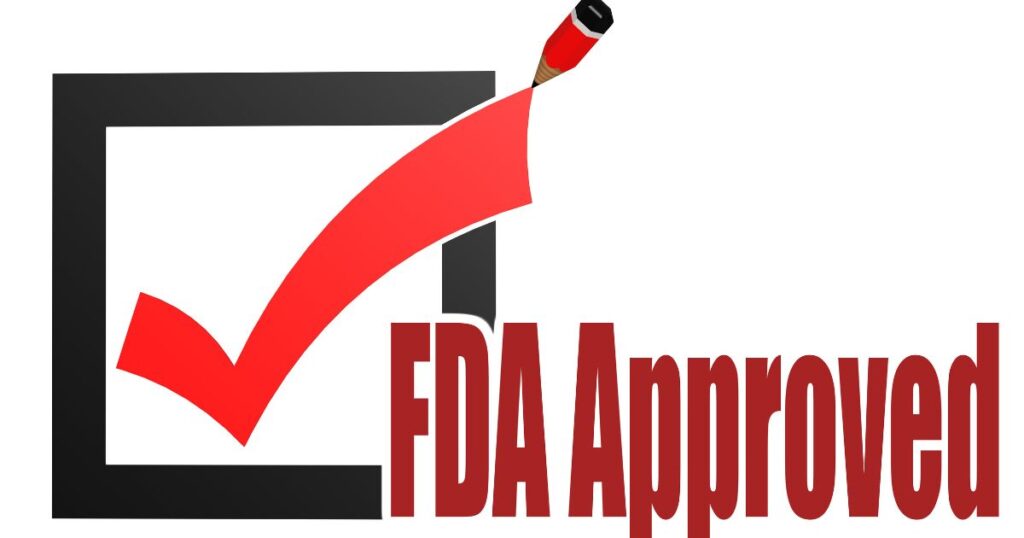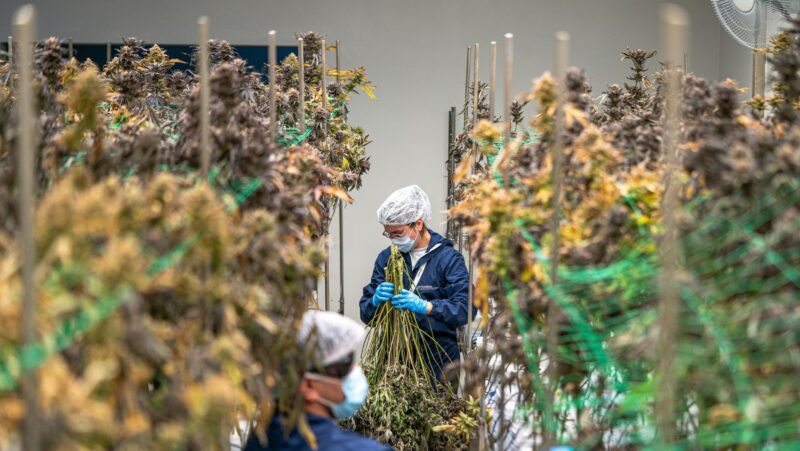
Any food and beverage manufacturing firm based in the United States is bound to follow FDA stipulations. The FDA is an agency involved with issues such as whether food products are safe to consume, including the labeling of food. Thus, manufacturers must be attentive to the laws that govern this type of industry. Additionally, if they plan to operate in Saudi Arabia, they must also comply with SFDA registration requirements.
Non-compliance goes hand in glove with large fines and product recalls. It can vary from very serious to extremely disastrous, depending upon the company’s reputation and bottom line. Here are the top five FDA compliance tips that food and beverage companies should have:
Understand the Regulatory Framework
The FDA compliance manufacturing shall consider acquiring a good knowledge of the regulatory framework for foods and beverages. Ideally, the FDCA and all other related regulations need to be familiarized. Some of the areas include:
Food Safety Modernization Act (FSMA): Introduce a preventive law on food safety that’s proactive, referring to being treated before the issue arises. The more you learn about this, the better you’ll plan for an appropriate food safety plan.
Current Good Manufacturing Practices: CGMPs are the minimum guidelines that the regulations set for operations in manufacturing, processing, and packing. Such practices will make sure that products are made consistently and every batch is of good quality.
Label: The FDA has very strict labeling requirements concerning foods, which incorporate things like nutrition, lists of ingredients, and allergens. The firm is supposed to ensure all its labels comply to avoid misleading clients.
Create a Food Safety Plan
A practical food safety plan is very essential to ensuring a firm complies with the requirements of the FDA. The FSMA obligated food manufacturing companies to develop and implement HACCP plans. There are more details concerning the following topics.
Perform Hazard Analysis: Possible hazards involved in your product, including chemical, biological, and physical. The analysis should be thorough as well as accountable to all aspects of the process of production.
Determine CCPs: Identify those points in production where controls can be applied to reduce or eliminate hazards to an acceptable level. Develop monitoring procedures at those points so that they will comply.
Establish Corrective Actions: Formalize how deviations from established CCPs should be corrected. That will include a call-out on the role and what to do when a control point does not meet specifications.
Training and Records: All associates will be trained on proper food handling techniques and the reasons CCPs are crucial. In the event of a step toward a possible FDA inspection, there should be sufficient documentation of the food safety plan, monitoring activities, and corrective actions.
Know about Changes/Updates in the Regulatory Context
The FDA constantly updates its regulations and guidelines, hence the need to upgrade the information of new changes that might be available to food and beverage companies. Most methods to update include:
FDA Updates Subscription: Inputs for updates of regulatory change, guidance documents, and any news within the industry may be received from the FDA as an update on newsletters and alerts.
Association in the Food Industry: Associations in the food industry provide many tools and networking with people; most of them also have education like training, workshops, and changes in regulations concerning the members.
Meeting with FDA Compliance Consultants: Having a relationship with an FDA compliance consultant helps you know new regulations. You see, he or she had previous knowledge about the recent changes in regulations.
Conduct Regular Internal Audits
Regular internal audits are what will see you comply with the FDA. They will also help you identify where your process is almost grossly lacking regarding FDA compliance. This ensures that all set regulatory requirements are met. Here’s how you carry out successful internal audits:
Audit Checklist Preparation: An inclusive checklist may be designed from FDA regulations, industry standards, and internal policies. Such a checklist should include all aspects of your operation, be it production or labeling.
Schedule Annual Audits: The audit shall be scheduled at least once a year or more often when circumstances so require. Unscheduled audits have their advantages, too, to verify compliance under normal operating conditions.
Record Audit Results and Corrective Actions: Record the results of audits and actions taken to correct and follow up assessments. The recorded documents will come in handy during the FDA inspection as part of proof of efforts toward compliance.
Preparing for FDA Inspections
Preparing for an FDA inspection would ensure that the establishment complies and resolves potential issues in advance. Here are some practical tips to guide you:
Understand Inspection Process: Understanding the process of inspection by the FDA would help you know how best to prepare in case of an inquiry from the investigator. It would relieve much anxiety and ensure that one doesn’t get shortchanged while trying to handle the inquiry by the investigator.
Provide a Contact Person: Identify a contact person who is knowledgeable about your operation and will be in control as the contact person in case of an inspection. Ensure this contact person has sufficient knowledge to answer which questions the FDA inspector would most likely ask.
Prepare and Be Ready: Organize and have your facility and the documents ready. Educate the employees of their particular roles in case of an inspection and train them to respond appropriately to queries.
Mock Conduct Inspections: You should also consider mock inspections, which will help the staff prepare for actual inspections. This will help you know which places are in non-compliance so you can better prepare.
Probably, compliance with FDA regulations is one of the major factors in running a successful food and beverage business. It includes the recognition, development, and implementation of a safe food plan; the acquisition and distribution of current information regarding changes; audits; and being prepared for inspection. All these reduce the risk involved in assuring product safety and quality. Investing time and resources into compliance can assure consumer protection while simultaneously maintaining a healthy company reputation and sustainable long-term success in the market.














